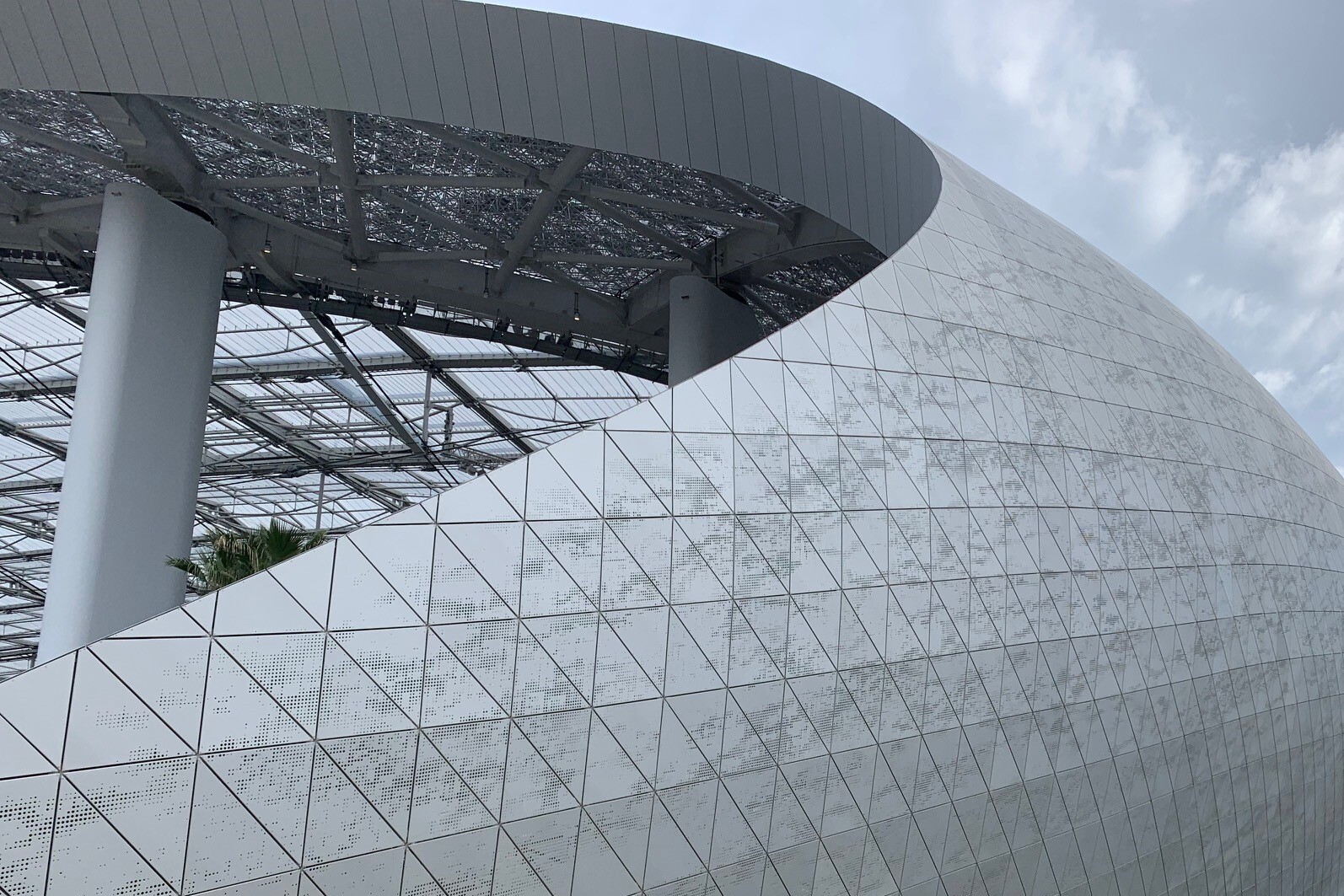“Have you ever seen the rain?”
– Creedence Clearwater Revival
100 million of us watched the Los Angeles Rams defeat the Cincinnati Bengals on Sunday, and many of us marveled at SoFi Stadium. It’s gorgeous. Its shape is truly remarkable with its unique curved roof. Part of why the the NFL allowed the Rams to move back to Los Angeles was this captivating stadium promised by its owner.
Yet, probably almost no one realized how an NFT built the roof.
Historically, the design for the roof would be set in a model, which would then be printed and sent to the manufacturer who would create the segments as the paper dictated. Yet, in this case, there was no paper. The model was released directly to the contractor that created the roof segments.
This creates a whole host of problems, including:
- How do authorities sign off on this?
- Can the designer, builder and contractor verify that the correct version is used?
- How are small changes tracked if the contractor has to go back to the designer for discovered bugs or changes?
These are exactly the questions that led to the creation of Concert. Its founding team saw that all of this was coming to design and construction and there were no tools that addressed this problem at the moment. Simply storing files in the cloud does not allow for definitive records, as was required.
The answer to all of this is an NFT. When most people think NFT, they think of a goofy, pixelated image, or something similar. But, NFTs can also be used to record definitive data on the blockchain. And, with Concert’s use of an NFT as progressive, subsequent iterations can also be recorded as well. This allows an NFT owner to provably show all of the versions of a document, as well as the final one which has been signed off. And, this is what was used with SoFi Stadium.
I think that makes the roof even cooler — to know that its data is all on the blockchain as an NFT.





